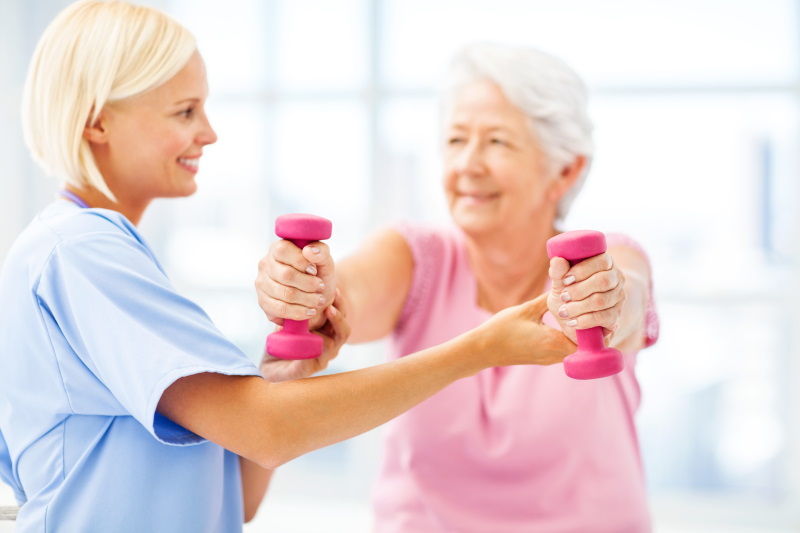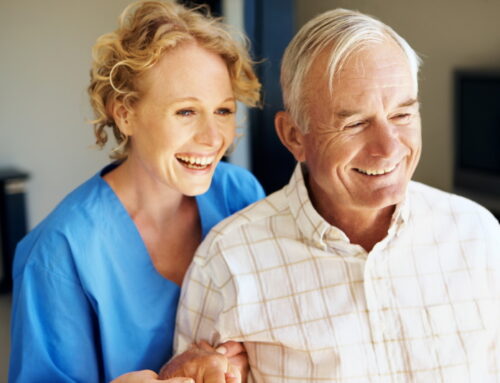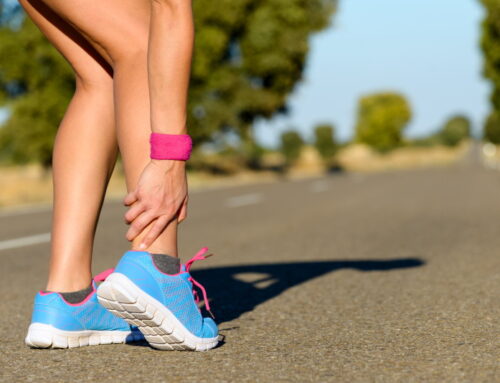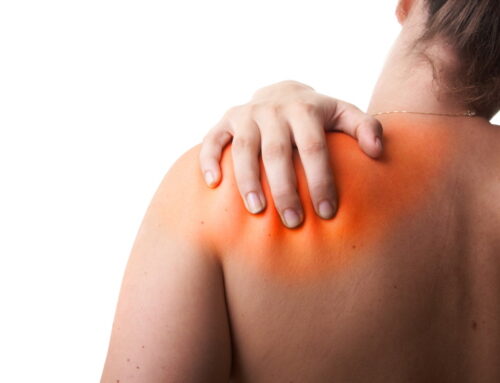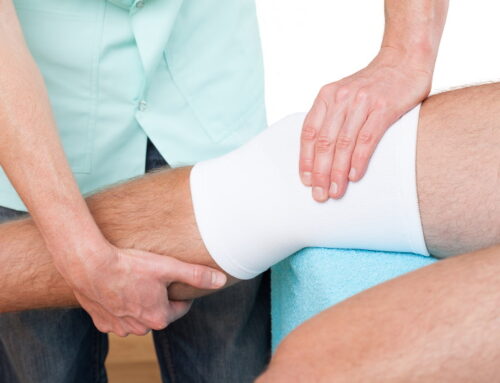As we get older exercise plays an important role in maintaining the health of our bones. Osteoporosis is a common condition which can develop in the later decades of life and can be defined as “A progressive skeletal disease characterised by low bone mass and microarchitectural deterioration of bone tissue with a consequent increase in bone fragility and susceptibility to fracture” (WHO, 1997). Generally this means that our bones become more weak and brittle particularly in the spine, hips and wrist putting affected individuals at risk of fractures.
Just like muscle tissue, bone is a highly adaptable tissue which is capable of regenerating itself and responding to the demands placed on it. Bone cells called osteoclasts are responsible for breaking down old bone while Osteoblasts lay down new bone resulting in a continual process of bone breakdown and bone production throughout life.
Bone mass or bone mineral density (BMD) normally increases steadily from birth and peaks in early adulthood where it remains stable for many years. It is usually in the 4th or 5th decade of life when bone breakdown exceeds bone formation leading to an overall loss of bone mass and an increase in the fragility of our bones. This is more pronounced in menopausal women where hormonal changes can further augment the condition.
What effects Bone Mineral Density (BMD)?
Optimal BMD is dependent on many factors such as adequate levels of sex hormones (oestrogen and testosterone) sufficient caloric intake, particularly protein, calcium and Vitamin D and regular weight bearing exercise. Exercise is a key factor in building and maintaining bone strength. Research has shown that loading bone above normal levels through weight-bearing and resistive activities is effective for increasing bone density. As we age, most of us become less active meaning our bones are susceptible to weakening just like our muscles, if not used. It is the load bearing activities and multidirectional forces on the bone which allow it to regenerate
Recommended types of exercise for Osteoporosis?
The recommended types of exercise for building and maintaining bone density are weight-bearing and resistance exercises. Weight-bearing exercises include any exercise against gravity where your body weight is supported by your legs and feet on the ground, for example hill walking, stair climbing, Jogging/running, keep-fit classes, dancing, tennis. Weight-bearing activities can be high or low impact and your Physiotherapist can advise which is best for you. Swimming and cycling do not count as weight-bearing activities. Resistance exercises are ones where a body part, weight or some other resistance is moved against gravity such as lifting weights, using elastic exercise bands, weights machines or lifting your own body weight. The action of the muscles pulling on the bones has a positive effect on BMD.
It is important that we participate in regular exercise as we get older to maintain our general health, quality of life and to prevent bone loss which may lead to osteoporosis. Improved fitness and muscle strength associated with regular exercise will reduce the likelihood of falls and fractures in osteoporotic bones. The Physiotherapist’s at Portobello Physiotherapy Clinic are experts in exercise prescription and can tailor a safe and effective exercise programme specific to your needs and can advise best on prevention of osteoporosis in the elderly.


